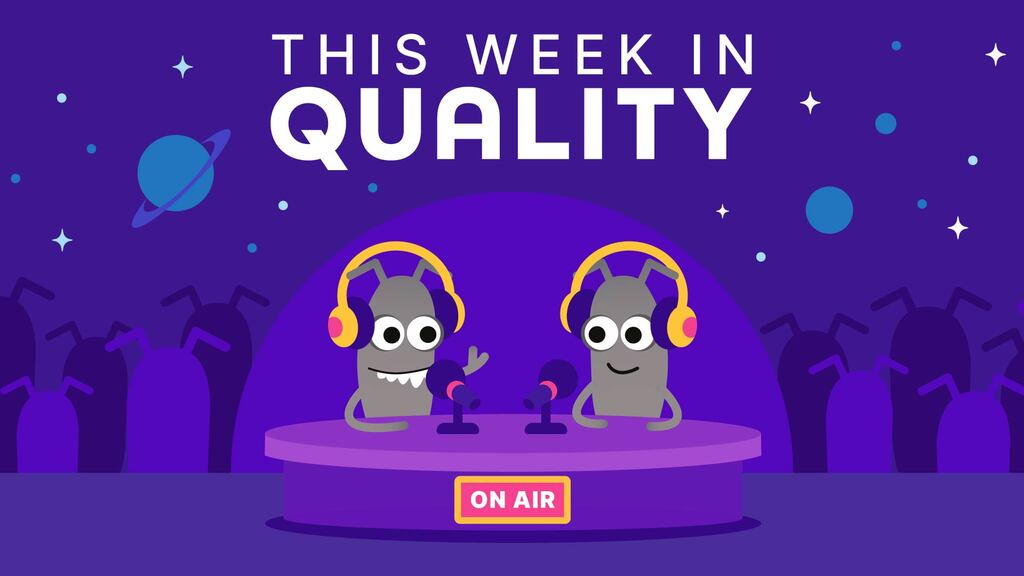What is a test plan?
A test plan is a document that maps out your testing strategy, objectives, resources, and schedule. It defines what you'll test, how you'll do it, and who's responsible for each piece. This blueprint keeps everyone aligned and focused.
Do you have any examples of test plans?
Test plans vary by organization and methodology, but here's a common example:
TEST PLAN: Mobile Banking App v2.0
- OBJECTIVES
- Verify all payment functions work across iOS/Android
- Validate biometric login meets security standards
- Ensure 99.9% uptime during peak usage periods
2. SCOPE
- In-scope: Login, payments, account management, push notifications
- Out-of-scope: Marketing content, back-office functions
3. SCHEDULE
- Functional testing: March 1-7
- Performance testing: March 8-10
- Security testing: March 11-14
- UAT: March 15-20
4. RESOURCES
- 2 iOS testers, 2 Android testers
- 1 performance engineer
- 1 security specialist
- Test environments: Dev, Staging, UAT
5. RISKS & CONTINGENCIES
- Risk: Third-party payment gateway unavailable
- Mitigation: Scheduled maintenance windows confirmed
Why is a test plan important?
Test plans prevent chaos. They help make sure everyone understands goals and approaches before work begins. With a clear plan, teams can track progress, maintain test coverage, and make informed release decisions. They also serve as documentation for future projects and regulatory compliance.
What challenges can arise when creating a test plan?
Shifting requirements can quickly make test plans obsolete. Estimating testing time accurately remains difficult, especially for complex features. Many teams struggle to balance detail with flexibility, particularly in agile environments.
The solution? Create living test plans that provide structure but remain adaptable through regular reviews and updates.




